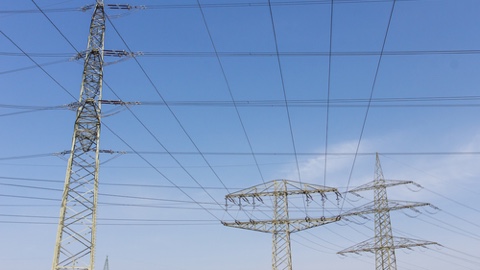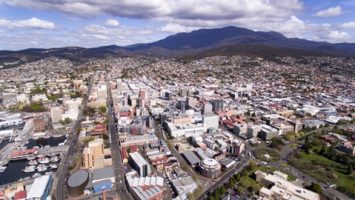
The increased prevalence of renewable energy usage in Germany’s power grid, prompted scientists from the Center for Solar Energy and Hydrogen Research in Baden-Württemberg (ZSW) to look for improved, self-learning algorithms to get a more detailed picture of energy flows in the electrical grid. Energy service providers’ new business models require precise forecasts of energy flows through to the distribution grids, as do the operators of smart grids.
The four-year project that goes by the name of C/sells was launched in February 2017. The objective is to optimize the technical and business operations of power grids with very high solar penetration in 46 sample regions and neighborhoods in southern Germany. The Federal Ministry for Economic Affairs and Energy is funding C/sells with some 50 million Euro as part of an initiative called Smart Energy Showcase – A Digital Agenda for the Energy Transition (SINTEG).
Researchers point out that there is lot left to be learned about energy flows:
- striking the right balance between supply and demand is made more difficult with increasingly decentralized feeds from fluctuating solar and wind power sources rather than from one central feed from a power plant park;
- currently, forecasts for power feeds into the grid are not mapped in sufficient detail and are too inaccurate under certain weather conditions;
- incorporating prosumers – those that not only generate electricity but also consume it. There are now around 800,000 prosumers in southern Germany alone, and accurate predictions of their behavior are needed.
ZSW is using high-performance computer platforms based on graphics card clusters to develop state-of-the-art methods aimed to gain deeper insight into regional sections and local cells of the grid and to better forecast future conditions and energy flows.
“These new methods analyze vast amounts of complex information and are designed to process a variety of data sourced from power plants, environmental monitors, measurements and satellites,” says Dr. Jann Binder, who heads up the Photovoltaics: Modules Systems Applications department at ZSW.
They sift through this mountain of data to independently filter out crucial properties for forecasting. These are key factors that influence green power plants’ expected electricity yields and consumers’ demand for electricity. These methods are also called self-learning algorithms for their ability to act autonomously.
Binder adds, “The goal is to deliver data in a form and level of quality beyond that of commercially available products.”


